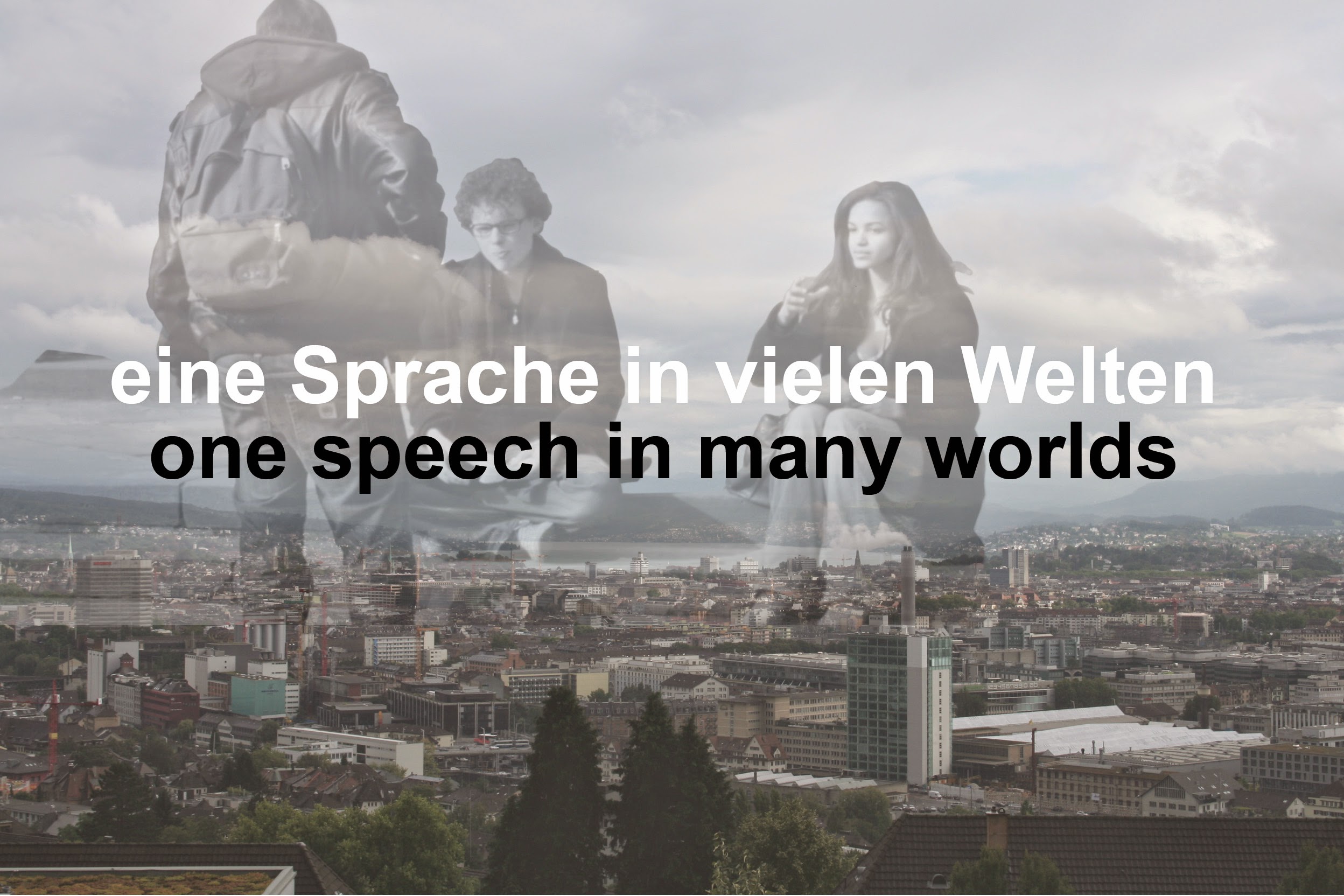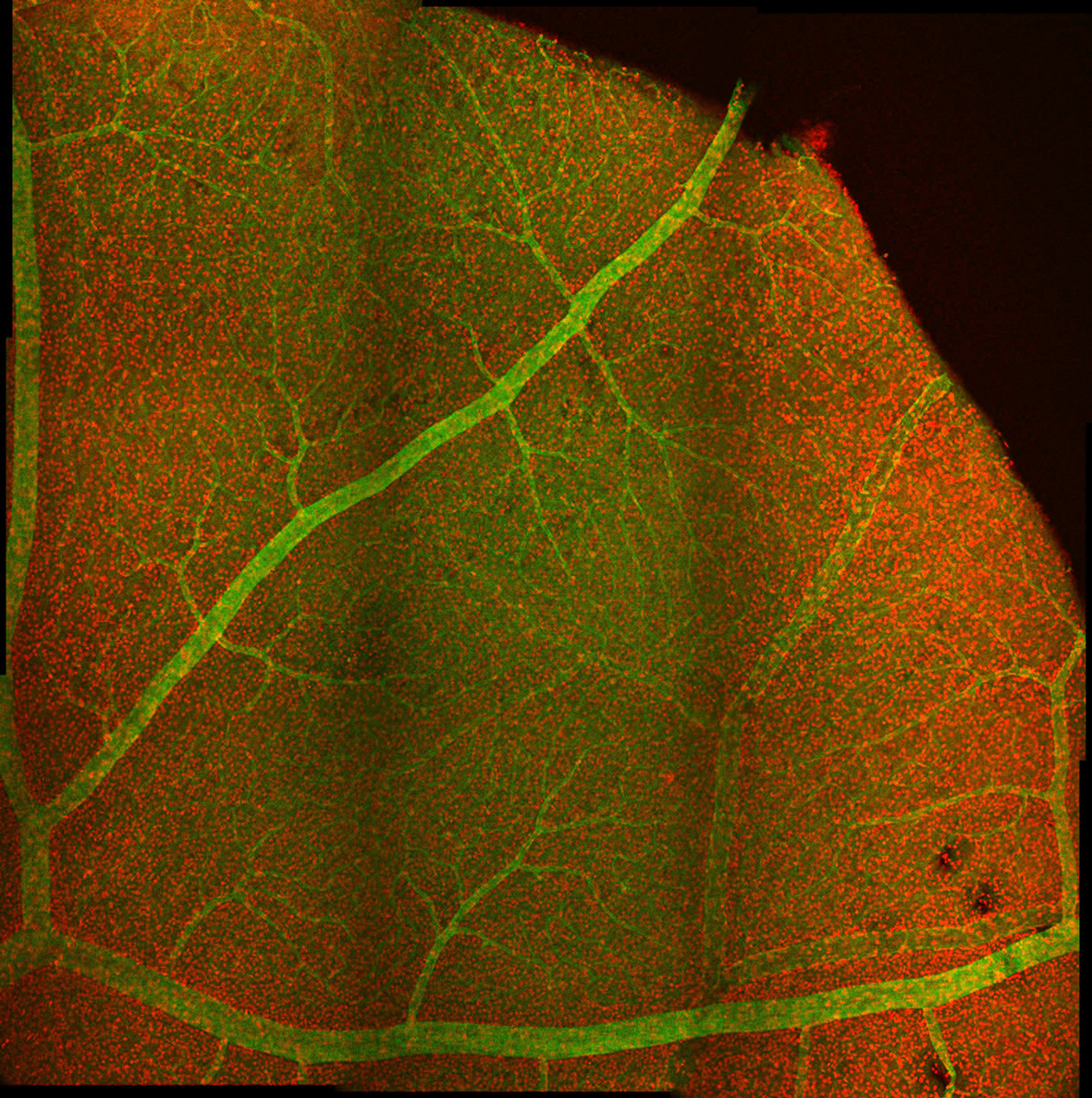Researchers at the University Medical Centre Göttingen (UMG) have discovered that nerve cells in the eye often process natural visual stimuli from the environment together in cell groups and in a coordinated manner. The coordinated co-operation of nerve cells enhances signal transmission in scenes with high contrast and movement. These findings could help to improve the treatment of blindness. The results have been published in the renowned scientific journal ‘Nature’.
Göttingen/Germany, January 9, 2025 Our sense of sight constantly provides us with information about our surroundings, allows us to orient ourselves spatially, warns us of approaching dangers and allows us to recognise objects or perceive small emotional movements in the face of the person opposite us. The processing of this optical information in the retina of the eye, where the light-sensitive photoreceptors and first nerve cells are located, is one of the most energy-intensive processes in the organism, especially in view of the low weight of the retina. For more than 50 years, the so-called ‘efficient coding hypothesis’ has therefore determined the scientific understanding of visual processes in the eye. It states that the task of the retina is to process visual information as efficiently as possible in order to conserve energy resources. This means that as few nerve cells as possible should be active at the same time when it comes to producing electrical signals to transmit visual information to the brain.
A team of scientists led by Prof Dr Tim Gollisch, research group leader at the Department of Ophthalmology at the University Medical Center Göttingen (UMG), has now discovered that the efficient coding hypothesis does not apply to all nerve cells in the eye. For a number of cells, the researchers were able to observe in retinal preparations that entire groups of cells are often active at the same time. This coordinated interaction of nerve cells appears to contradict efficient and energy-saving information transmission, as the individual cells transmit the same signals. The researchers were able to show that the joint activity of the cells does not occur randomly, but that certain groups of cells become active at the same time when either very high-contrast images come into the field of vision or movements in certain directions are observed.
‘This coordinated cooperation between the nerve cells could enable the brain to distinguish particularly relevant optical signals, such as those for recognising contrast or movement, from other less important influences such as changes in brightness, for example when a cloud moves in front of the sun and it becomes darker as a result. On the other hand, the cell groups appear to ensure energy efficiency by reacting particularly quickly to corresponding sensory stimuli,’ says Prof Gollisch, last author of the study.
‘The findings offer potential for the treatment of blindness. This applies in particular to blindness caused by degeneration processes, for example when the photoreceptors in the retina die. These absorb light from the environment and convert it into electrical signals that are transmitted to the brain via nerve cells to process the visual information. If the photoreceptors die, no signals are transmitted via the corresponding nerve cells. If these nerve cells are now activated artificially, i.e. by a visual prosthesis, it is important to induce appropriately coordinated nerve cell activity so that the brain receives signals that are as true to life as possible in order to interpret them correctly,’ says Dr Dimokratis Karamanlis, former postdoctoral researcher in the Department of Ophthalmology at the UMG and first author of the study.
The results have been published in the renowned scientific journal ‘Nature’.
Background
One basis of the efficient coding hypothesis is the observation that, for example, when looking at a large white surface, nerve cells that perceive the boundaries of the surface are particularly active. Cells that recognise the ‘inside’ of the surface are suppressed in their activity in order to save energy. The brain recognises that the inside of the surface, i.e. between the boundaries, is also white, even without these signals.
However, large white areas that remain in the field of vision for long periods of time are hard to find in the real world. The researchers therefore tested how retinal samples react to photos of nature. To do this, the photos were moved across the samples in a way that corresponds to natural eye movements. By simultaneously measuring the electrical activity of a large number of nerve cells, the researchers were able to demonstrate that certain classes of cells adhere well to the efficient coding hypothesis and react separately from each other. Other prominent cell classes, on the other hand, do not follow the hypothesis and tend to become active together.
Outlook
The findings of the study will flow directly into the development of new therapeutic approaches at the recently founded Else Kröner Fresenius Centre for Optogenetic Therapies in Göttingen. In certain forms of blindness, light-sensitive proteins are to be introduced into the nerve cells of the eyes in order to activate these cells with light. ‘The results help us to understand which activity patterns of the cells are necessary for the natural recognition of certain visual impressions. The aim of therapy development will then be to generate these patterns artificially,’ says Prof. Gollisch, who works at the new centre. Studies with patients in Göttingen are due to begin in a few years‘ time.
Translated with DeepL_com
Original publication:
Karamanlis D, Khani MH, Schreyer HM, Zapp SJ, Mietsch M, Gollisch T. Nonlinear receptive fields evoke redundant retinal coding of natural scenes. Nature (2025). DOI: 10.1038/s41586-024-08212-3
Image source:
helene schreyer and mohammad khani
Microscopy image with nerve cells (red) and blood vessels (green) in a retinal preparation.



Schreibe einen Kommentar